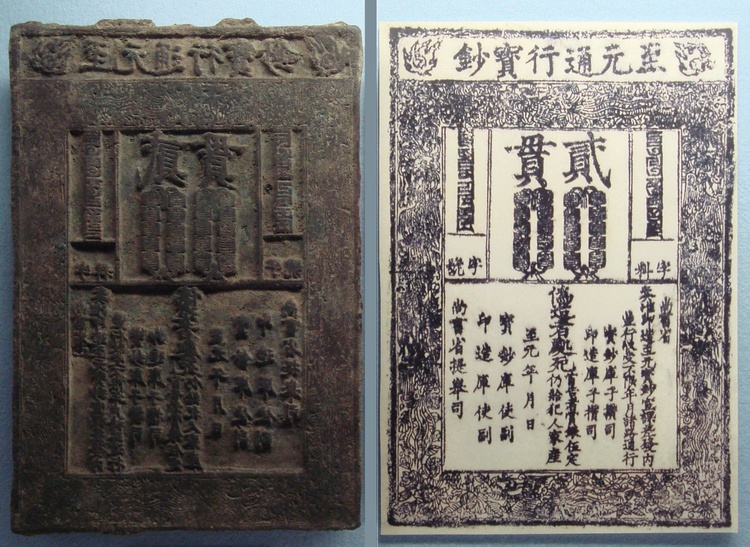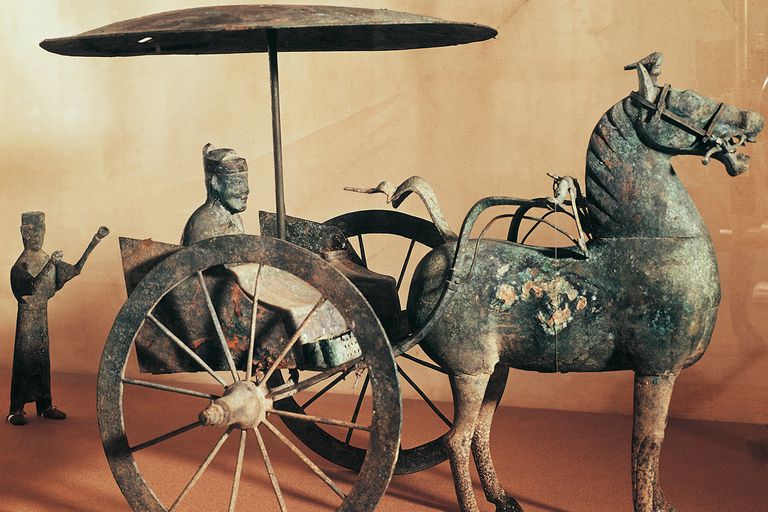Accomplishment in Late Ancient Times in China
2 min readIV Accomplishment in Late Ancient Times(1368-1911, Ming and Qing dynasties)
Chinese ancient science and technology entered a phase of gradual development in the late ancient time. In the first period of that phase, China made such great achievements as the birth of the world advanced Twelve-Tone Equal Tem-perament, brilliant voyage technology, palace building, landscaping technology, and renovation and connection of the Great Wall. The late Ming dynasty(from the end of 16th century to the beginning of 17th century), witnessed a developmental climax with the continual compilation of such works as New Talk on Temperament by Zhu Zaiyu, General Views on the Control of Yellow River by Pan Jixun, Systematic Treatise on Arithmetic by Cheng Dawei, Disccusion of Epidemic Warm Diseases by Wu Youxing, in particular Compendium of Materia Medica by Li Shizhen, Xu Xiake’s Travelogue by Xu Xiake, Encyclopedia of Agricultural-Administration by Xu Guangqi, and Exploitation of the Works of Nature by Song Yingxing.

All of the above works placed a high value on mathematization (i.e. quantification), which signaled the beginning of the experimental science of modern times. The large numbers of so many excellent scientific works and their multidisciplinary coverage were record-breaking in Chinese history.
The trend could have created a foundation for science in early modern times, but the Qingmilitary force’s entrance into the Shanhai Pass, the wars, and the policy of the Qing rulers terminated this progress and ensured that the later Ming dynasty’s scientific climax was the final one. Afterwards, Chinese traditional science and technology fel sharply into decline.









